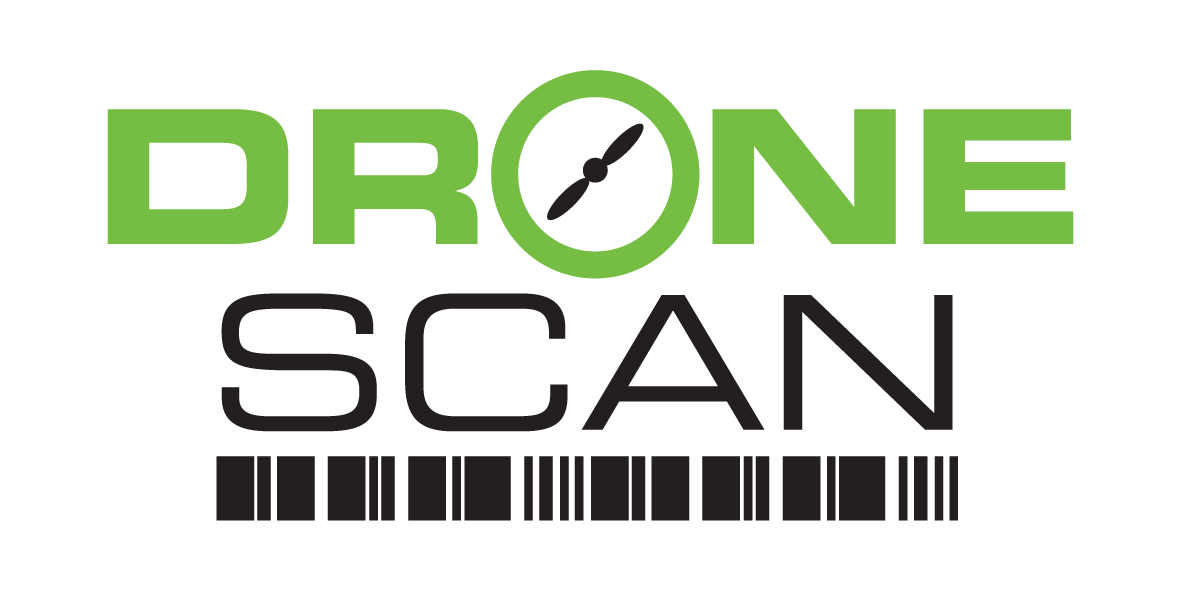Overview
Indoor flying differs from outdoor flying. The drone is constantly near people and objects when used indoors and the chances of it striking someone or something are much higher than outdoors.
Three areas need to be considered:
Injury to the drone operator
The risk to the operator and assistants is the highest, due to their constant proximity to the drone during take-off, landing, flight trimming and changing batteries.
Injury to the public
The "public" includes private individuals and staff sharing the same space as the drone. This can be the intended audience or observers or oblivious passers-by. Onlookers and passers-by should never be allowed underneath the drone. A kilogram weight does not need to fall from very high to cause serious injury.
General damage to property
This includes the infrastructure that the drone is flying within, the goods, light, windows and the drone itself. There are also other risks such as fire and the drone becoming stranded in high places.
Operator Protection
Standard Personal Protective Equipment is a requirement in most work environments. The operator must conform to the specifications of the environment they are working in. These can include for example safety shoes (non-slip soles or steel toes) and hearing protection. The safety requirements would need to be assessed on a situation-by-situation basis and they can be checked by the safety officer on site.
Drone operator specific safety equipment
- Head protection in the form of a hard-hat to protect the operator from falling drones.
- Eye protection to protect the operator from shattered propellers. Propellers spin at thousands of RPM with high energy and can break at any time.
- Visible and clearly labelled reflective clothing to allow the operator to be seen by forklift drivers and to be easily identified as the drone operator.
Public Protection
Clearly demarcated areas
The area that the drone is flying within should be contained and clearly demarcated. Drones should not fly arbitrarily throughout all available space.
Signage
Clear signs showing that there is a drone flying on the area should be placed on the perimeter of the demarcated zone. The sign should tell onlookers to "Look Up" and to proceed with caution.
Physical restraints
Drone nets might be required in crowded public spaces however the netting must be tightly rigged to prevent the propellers from becoming entangled and possible fires from a stalled motor. Generally though, all that may be required is a chain or barrier tape to demarcate the area where the drone is being operated and to prevent people from entering unintentionally.
General Damage
Propellers
Carbon fiber propellers should never be used. They cause deep cuts and lacerations if they strike people. Plastic propellers should be the only propellers used as they don't have the rigidity to do more than scratch someone. They are also less likely to break a window or slice protective packaging and coverings.
Battery
Lipo batteries used in drones seldom (if ever) explode however they do produce a high unlimited current. That is where the danger lies. Check the local laws that pertain to "exposed" batteries and it may be advisable to have the battery enclosed.
Sparks
The drone itself uses brushless motors, which are spark free. However when the battery is connected, a small spark is produced due to the current drawn by the onboard electronics. Precaution must be taken in areas with volatile gasses such as oil refineries.
drone design
Care has been taken in the design of the drones. Mechanical features such as propeller guards are fitted to reduce the risk of damage. Electronic safety measures such as fuses and emergency cut-off switches are recommended to prevent electrical fires when a drone motor stalls or draws a high current after crashing.
The Future
Looking to the future, the flying of drones indoors may require safety certification and operator certification centres may arise. This will lead to the development of safety devices including remote fuses, safe speed controllers and obstacle avoidance systems. IP spark-proof rated drones will also be developed in the future. There also needs to be concerted development around propeller design to include safety features such as weak-joints and hybrid materials that have the rigidity of carbon fibre

